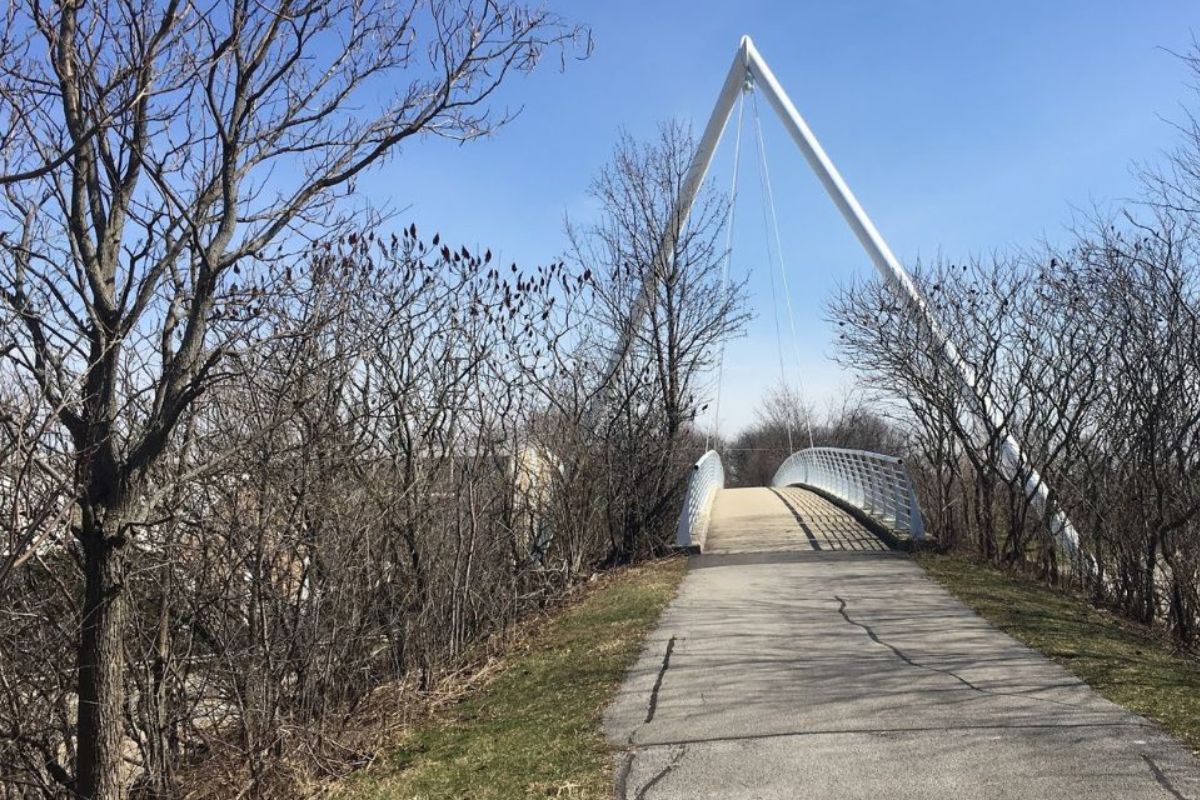Forgotten Plank Roads Of The Great Dismal Swamp

Have you ever heard of the Forgotten Plank Roads of the Great Dismal Swamp? These wooden pathways, built in the 19th century, once served as vital routes for transporting goods and people through this dense, marshy area. Imagine walking on wooden planks laid over swampy ground, surrounded by towering trees and thick underbrush. These roads were engineering marvels of their time, providing a stable surface in an otherwise impassable terrain. Today, remnants of these roads offer a glimpse into a bygone era, sparking curiosity and wonder. Let's dive into the history and significance of these unique pathways.
The Hidden History of Plank Roads
The Great Dismal Swamp, a mysterious and vast wetland, holds secrets from the past. Among these secrets are the forgotten plank roads that once crisscrossed this challenging terrain. These wooden pathways played a crucial role in the region's history, providing vital routes for transportation and trade.
Why Plank Roads Were Built
Navigating the swamp's dense vegetation and murky waters was no easy task. Plank roads offered a solution, allowing people and goods to move more easily through the swamp. These roads were constructed using wooden planks laid across the swampy ground, creating a stable surface for travel.
Key Locations of Forgotten Plank Roads
Several significant plank roads once existed in the Great Dismal Swamp. Each of these roads had its own unique story and purpose.
Jericho Ditch Road
Jericho Ditch Road was one of the main plank roads in the swamp. Built to facilitate the transportation of timber and other goods, this road connected various parts of the swamp to nearby towns and cities. Today, remnants of the road can still be found, offering a glimpse into the past.
Washington Ditch Road
Named after George Washington, who played a role in the swamp's early development, Washington Ditch Road was another important plank road. It provided a crucial link between the swamp and the surrounding areas, helping to boost trade and commerce.
Lake Drummond Causeway
The Lake Drummond Causeway was a plank road that led to the heart of the Great Dismal Swamp. This road allowed access to Lake Drummond, a natural lake in the center of the swamp. The causeway was essential for transporting goods and people to and from the lake.
Feeder Ditch Road
Feeder Ditch Road connected the swamp to the Dismal Swamp Canal, a vital waterway for trade and transportation. This plank road played a key role in moving goods between the swamp and the canal, helping to support the local economy.
Corapeake Road
Corapeake Road was a lesser-known plank road that served as a vital link between the swamp and the nearby community of Corapeake. This road helped to facilitate trade and communication between the swamp and the outside world.
The Decline of Plank Roads
As technology advanced and new transportation methods emerged, the use of plank roads in the Great Dismal Swamp began to decline. Railroads and modern highways eventually replaced these wooden pathways, leading to their abandonment and eventual decay.
Rediscovering the Plank Roads Today
Today, the remnants of these forgotten plank roads can still be found in the Great Dismal Swamp. Exploring these historical sites offers a unique opportunity to connect with the past and learn about the challenges and triumphs of those who once traversed these wooden pathways.
Jericho Ditch Trail
The Jericho Ditch Trail follows the path of the old Jericho Ditch Road. Hikers and history enthusiasts can walk along this trail, discovering remnants of the original plank road and imagining what life was like for those who traveled it.
Washington Ditch Trail
The Washington Ditch Trail offers another chance to explore the history of the Great Dismal Swamp. This trail follows the route of the former Washington Ditch Road, providing a glimpse into the past and the opportunity to see the swamp's natural beauty.
Lake Drummond Wildlife Drive
The Lake Drummond Wildlife Drive allows visitors to experience the Great Dismal Swamp and its history from the comfort of their vehicles. This drive follows the path of the old Lake Drummond Causeway, offering stunning views of the swamp and the chance to see remnants of the plank road.
Feeder Ditch Trail
The Feeder Ditch Trail provides a unique opportunity to explore the history of the Great Dismal Swamp and its connection to the Dismal Swamp Canal. This trail follows the route of the former Feeder Ditch Road, offering a glimpse into the past and the chance to see remnants of the plank road.
Corapeake Road Trail
The Corapeake Road Trail follows the path of the old Corapeake Road, offering a unique opportunity to explore the history of the Great Dismal Swamp and its connection to the nearby community of Corapeake. This trail provides a glimpse into the past and the chance to see remnants of the plank road.
Rediscovering History
The Forgotten Plank Roads of the Great Dismal Swamp offer a glimpse into a past filled with hard work and ingenuity. These roads, once vital for trade and travel, now lie hidden beneath layers of history. Exploring these remnants can be a unique adventure, connecting us to the lives of those who built and used them. Walking these paths, you can almost hear the echoes of wagons and footsteps from long ago. This hidden gem is not just a piece of history but a reminder of human resilience and creativity. Next time you visit, take a moment to appreciate the stories these roads hold. They are more than just old planks; they are a testament to a bygone era. So, lace up your hiking boots and step back in time. The Great Dismal Swamp awaits your discovery.

